
Color soft ground and hard ground etching with aquatint and drypoint printed on gampi paper chine collé.
36½ x 36½"; 46 x 45". 40.
Crown Point Press and Paul Mullowney.
$4,500 fair market value Unavailable

Color soft ground and hard ground etching with aquatint and drypoint printed on gampi paper chine collé.
36½ x 36½"; 46 x 45". 33.
Crown Point Press and Paul Mullowney.
$4,500 InquireInquire
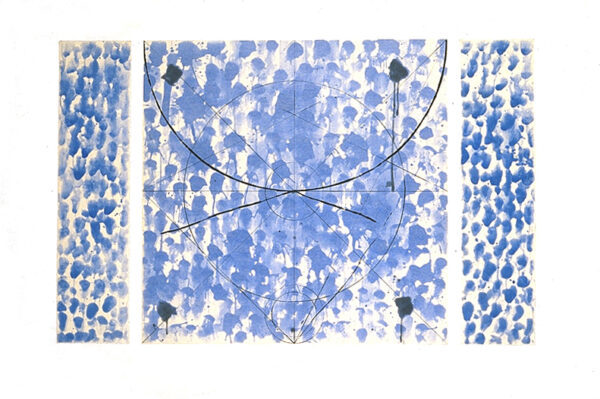
Color spit bite aquatint with drypoint printed on gampi paper chine collé.
25 x 39"; 39 x 51". 19.
Crown Point Press and Paul Mullowney.
$5,000 fair market value Unavailable

Color soft ground etching with spit bite aquatint and drypoint printed on gampi paper chine collé.
25 x 35"; 39 x 48". 26.
Crown Point Press and Paul Mullowney.
$4,500 fair market value Proof AvailableProof Available

Color spit bite aquatint with soft ground etching and drypoint printed on gampi paper chine collé.
19½ x 16¼"; 31½ x 26". 10.
Crown Point Press and Paul Mullowney.
$2,000 fair market value Unavailable

Color soft ground and hard ground etching with spit bite aquatint and drypoint printed on gampi paper chine collé.
13¾ x 12¾"; 22¼ x 19¾". 10.
Crown Point Press and Paul Mullowney.
$2,000 fair market value Unavailable
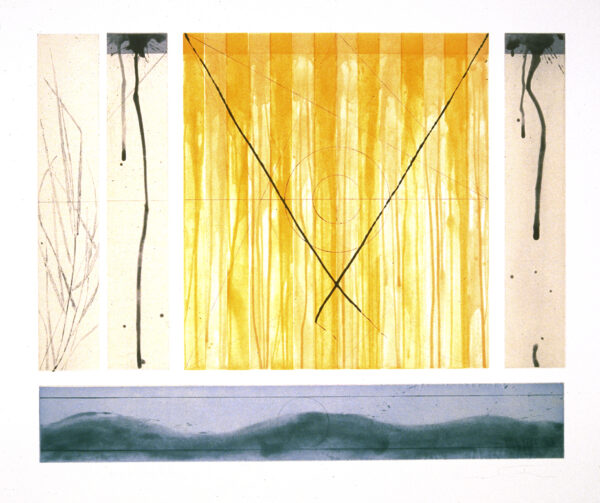
Color soft ground etching with spit bite aquatint and drypoint printed on gampi paper chine collé.
28 x 34"; 41 x 45". 30.
Crown Point Press and Paul Mullowney.
$4,500 InquireInquire

Color soft ground etching with spit bite aquatint and drypoint printed on gampi paper chine collé.
32 x 57½"; 43 x 66½". 10.
Crown Point Press and Paul Mullowney.
$4,500 fair market value Unavailable

Color soft ground etching with spit bite aquatint and drypoint printed on gampi paper chine collé.
16 x 7"; 27 x 17". 5.
Crown Point Press and Paul Mullowney.
$950 fair market value Unavailable

Color soft ground etching with spit bite aquatint and drypoint printed on gampi paper chine collé.
16 x 7"; 27 x 17". 5.
Crown Point Press and Paul Mullowney.
$950 fair market value Unavailable

Color soft ground etching with spit bite aquatint and drypoint printed on gampi paper chine collé.
16 x 7"; 27 x 17". 5.
Crown Point Press and Paul Mullowney.
$950 fair market value Unavailable

Color soft ground etching with spit bite aquatint and drypoint printed on gampi paper chine collé.
16 x 7"; 27 x 17". 5.
Crown Point Press and Paul Mullowney.
$950 fair market value Unavailable
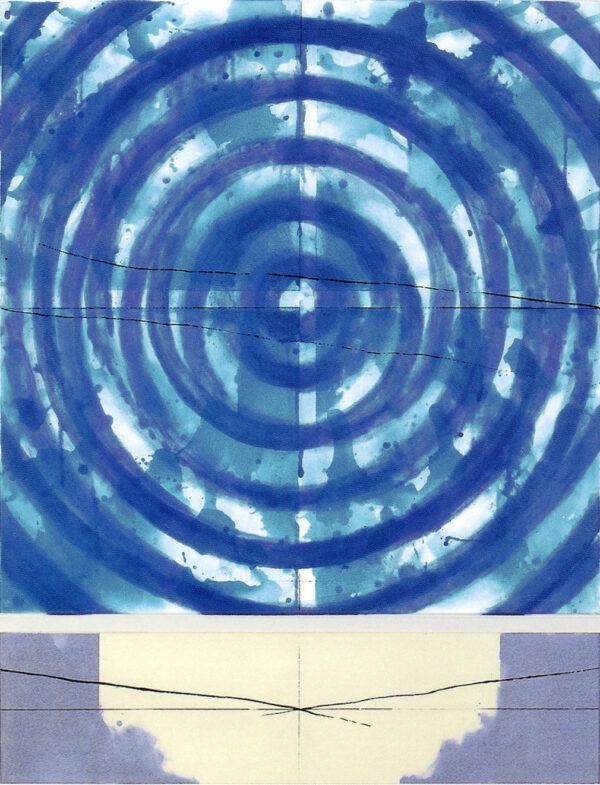
Color spit bite aquatint with drypoint on gampi paper chine collé.
45¾ x 35¾"; 49¾ x 41½". 20.
Crown Point Press and Mark Callen.
$4,500 fair market value Proof AvailableProof Available

Color spit bite aquatint with soft ground etching and drypoint.
44½ x 75"; 35½ x 68½". 10.
Crown Point Press and Mark Callen.
$5,500 fair market value Unavailable

Color spit bite aquatint with drypoint.
45¾ x 35¾"; 49¾ x 41½". 10.
Crown Point Press and Mark Callen.
$4,500 fair market value Unavailable

Color spit bite aquatint with soft ground etching and drypoint printed on gampi paper chine collé.
18 x 17"; 26 x 23". 15.
Crown Point Press and Mark Callen.
$950 fair market value Unavailable

Color spit bite aquatint with soft ground etching printed on gampi paper chine collé.
18 x 16¾"; 26 x 22¾". 15.
Crown Point Press and Mark Callen.
$950 fair market value Unavailable

Color spit bite aquatint with soft ground etching printed on gampi paper chine collé.
18 x 16¾"; 26 x 22¾". 15.
Crown Point Press and $950 fair market value Unavailable
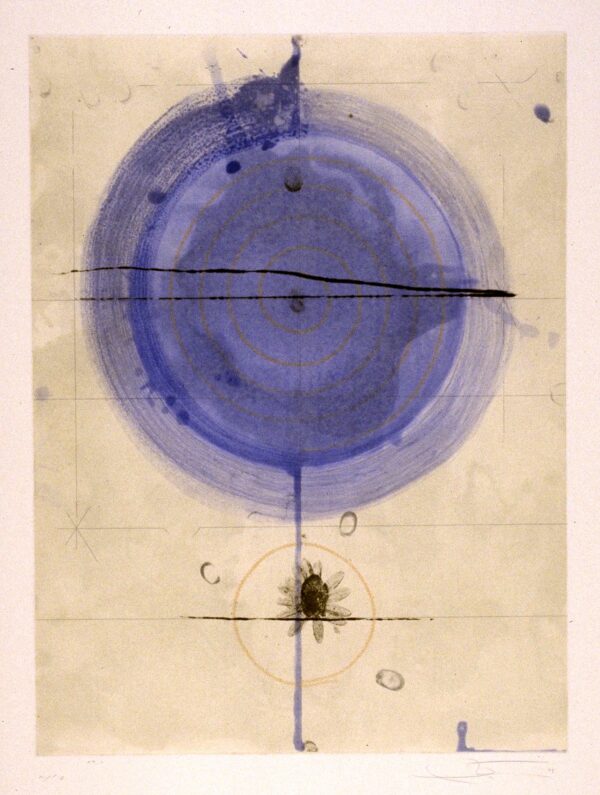
Color spit bite aquatint with soft ground etching printed on gampi paper chine collé.
23½ x 18"; 30½ x 24". 20.
Crown Point Press and Mark Callen.
$1,500 fair market value Unavailable
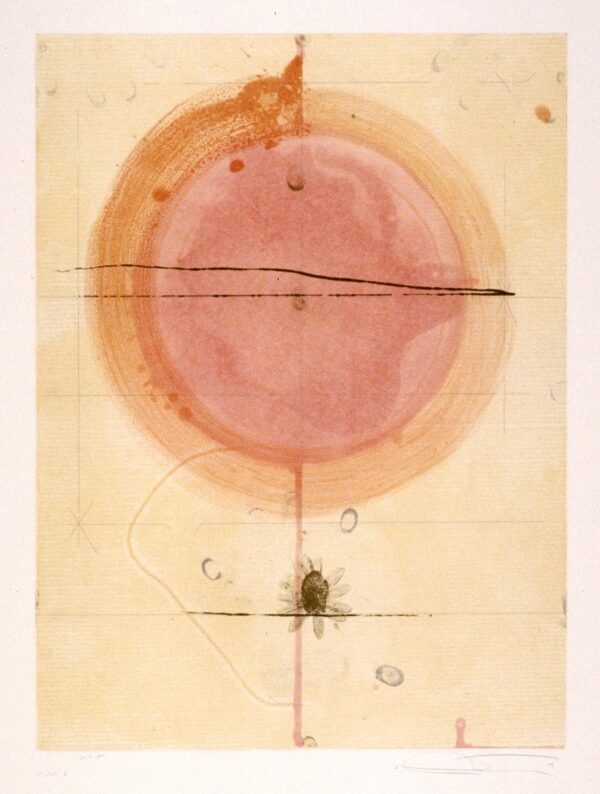
Color spit bite aquatint with soft ground etching printed on gampi paper chine collé.
23½ x 18"; 30½ x 24". 20.
Crown Point Press and Mark Callen.
$1,500 fair market value Unavailable

Color aquatint with soft ground etching and drypoint printed on gampi paper chine collé.
18 x 18"; 25 x 24". 10.
Crown Point Press and Mark Callen.
$1,200 fair market value Unavailable

Color aquatint with soft ground etching and drypoint printed on gampi paper chine collé.
18 x 18"; 25 x 24". 10.
Crown Point Press and Mark Callen.
$1,200 fair market value Unavailable

Color spit bite aquatint with soft ground etching and drypoint printed on gampi paper chine collé.
18 x 18"; 25 x 24". 10.
Crown Point Press and Mark Callen.
$1,200 fair market value Unavailable

Color aquatint with soft ground etching and drypoint printed on gampi paper chine collé.
18 x 18"; 25 x 24". 10.
Crown Point Press and Mark Callen.
$1,200 fair market value Unavailable

Color aquatint with soft ground etching and drypoint printed on gampi paper chine collé.
18 x 18"; 25 x 24". 10.
Crown Point Press and Mark Callen.
$1,200 fair market value Unavailable

Color aquatint with soft ground etching and drypoint printed on gampi paper chine collé.
18 x 18"; 25 x 24". 10.
Crown Point Press and Mark Callen.
$1,200 fair market value Unavailable

Color aquatint with soft ground etching and drypoint printed on gampi paper chine collé.
18 x 18"; 25 x 24". 10.
Crown Point Press and Mark Callen.
$1,200 fair market value Unavailable

Color aquatint with soft ground etching and drypoint printed on gampi paper chine collé.
18 x 18"; 25 x 24". 10.
Crown Point Press and Mark Callen.
$1,200 fair market value Unavailable

Color spit bite aquatint with soft ground etching and drypoint on gampi paper chine collé.
36 x 6"; 44 x 13½". 20.
Crown Point Press and Nancy Anello.
$850 fair market value Unavailable

Color spit bite aquatint with drypoint printed on gampi paper chine collé.
7 x 14"; 20 x 25". 40.
Crown Point Press and Nancy Anello.
$850 fair market value Unavailable

Color spit bite aquatint with soft ground etching and drypoint printed on gampi paper chine collé.
7 x 14"; 20 x 25". 40.
Crown Point Press and Nancy Anello.
$850 fair market value Unavailable
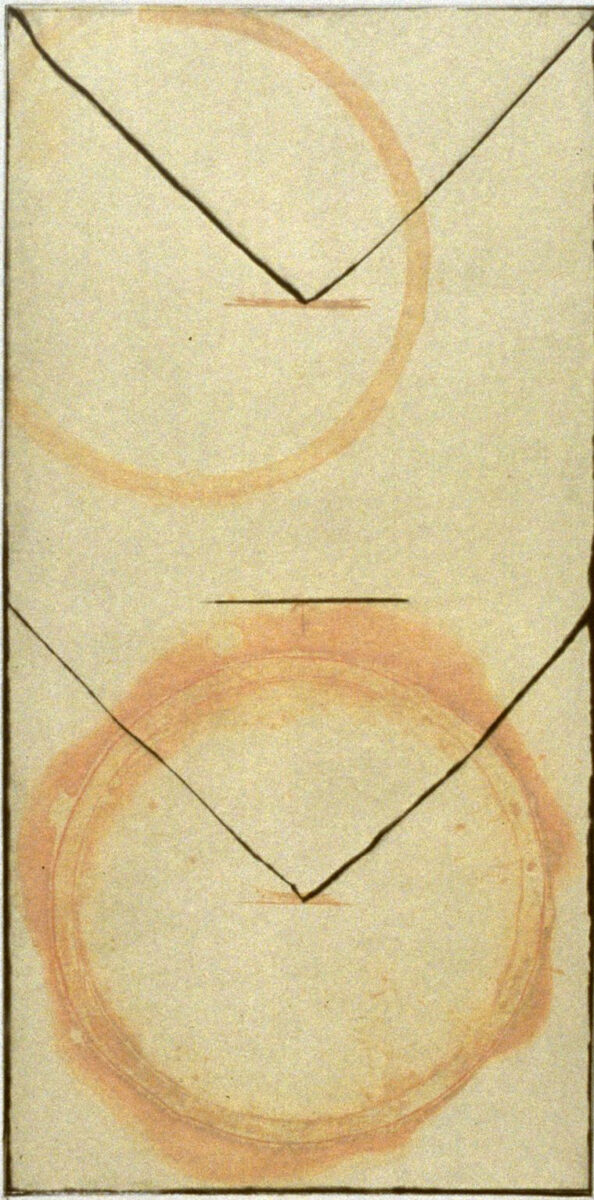
Color spit bite aquatint with drypoint printed on gampi paper chine collé.
14 x 7"; 26½ x 17". 20.
Crown Point Press and Nancy Anello.
$850 fair market value Unavailable

Color spit bite aquatint with drypoint printed on gampi paper chine collé.
14 x 7"; 26½ x 17". 20.
Crown Point Press and Nancy Anello.
$850 fair market value Unavailable

Color spit bite aquatint with soft ground etching and drypoint printed on gampi paper chine collé.
10 x 5"; 20 x 13". 20.
Crown Point Press and Nancy Anello.
$850 InquireInquire

Color spit bite aquatint with soft ground etching and drypoint.
45 x 36"; 51 x 41½". 40.
Crown Point Press and Nancy Anello.
$3,500 fair market value Unavailable

Color spit bite aquatint with soft ground etching and drypoint printed on gampi paper chine collé.
45 x 36"; 51 x 41½". 40.
Crown Point Press and Nancy Anello.
$3,500 fair market value Unavailable

Color spit bite aquatint with aquatint and drypoint.
45 x 36"; 51 x 41½". 40.
Crown Point Press and Nancy Anello.
$3,500 fair market value Unavailable

Spit bite aquatint with soft ground etching and drypoint on kozo chine collé in black and grey.
22½ x 36"; 31 x 44". 25.
Crown Point Press and Nancy Anello.
$1,500 fair market value Unavailable

Set of three color spit bite aquatints with soft ground etching and drypoint on gampi paper chine collé.
each 10 x 5"; each 20 x 13". 10.
Crown Point Press and Nancy Anello.
$6,000 fair market value Unavailable

Set of six color spit bite aquatints with soft ground etching and drypoint on gampi paper chine collé.
each 14 x 14"; each 26¼ x 22¼". 15.
Crown Point Press and Nancy Anello.
$6,000 fair market value Unavailable

Spit bite aquatint with soft ground etching and drypoint.
45 x 36"; 51 x 41½". 12.
Crown Point Press and Nancy Anello.
$3,500 fair market value Unavailable

Spit bite aquatint with aquatint, soft ground etching and drypoint printed on gampi paper chine collé.
45 x 36"; 51 x 41½". 12.
Crown Point Press and Nancy Anello.
$3,500 fair market value Unavailable

Spit bite aquatint with aquatint. soft ground etching and drypoint.
45 x 36"; 51 x 41½". 12.
Crown Point Press and Nancy Anello.
$3,500 InquireInquire

Color woodcut.
29 x 21"; 29 x 21". 100.
Crown Point Press and Tadashi Toda.
$3,000 InquireInquire

Color aquatint with soft ground etching printed on gampi paper chine collé.
23½ x 23½"; 40¼ x 37¼". 21.
Crown Point Press and Hidekatsu Takada.
$3,500 fair market value Unavailable

Color aquatint with drypoint printed on gampi paper chine collé.
24 x 36"; 36¼ x 55¼". 35.
Crown Point Press and Hidekatsu Takada.
$2,250 fair market value Unavailable

Color aquatint with drypoint and soft ground etching printed on gampi paper chine collé.
24 x 35"; 36¾ x 55¼". 35.
Crown Point Press and Hidekatsu Takada.
$2,250 fair market value Unavailable

Color aquatint with soft ground etching, drypoint and spit bite aquatint printed on gampi paper chine collé.
23½ x 47½"; 37½ x 52". 35.
Crown Point Press and Hidekatsu Takada.
$2,250 fair market value Unavailable

Color aquatint with hard ground and soft ground etching printed on gampi paper chine collé.
9 x 9"; 20½ x 18". 25.
Crown Point Press and Hidekatsu Takada.
$900 fair market value Unavailable

Color spit bite aquatint with aquatint, drypoint and soft ground etching printed on gampi paper chine collé.
10¼ x 6"; 20¼ x 18". 25.
Crown Point Press and Hidekatsu Takada.
$900 fair market value Unavailable

Color spit bite aquatint with aquatint, drypoint and soft ground etching printed on gampi paper chine collé.
16¾ x 10"; 22½ x 29¾". 25.
Crown Point Press and Hidekatsu Takada.
$900 fair market value Unavailable